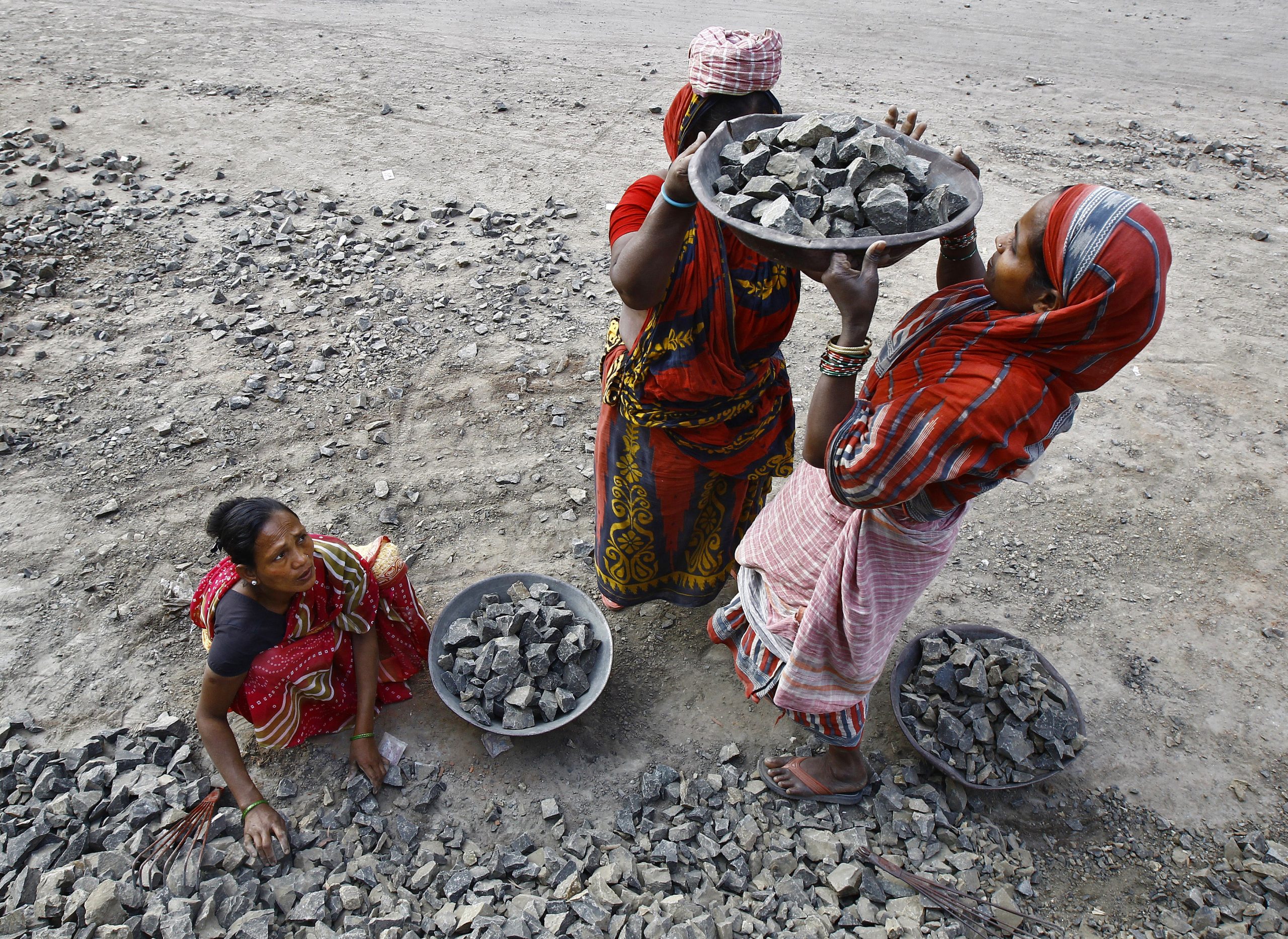Catalyzing insurance sector action to protect communities from extreme heat
By Jessica Dabrowski and Kathleen Euler Fri, Nov 17, 2023
Advancing the insurance sector’s core risk management capabilities will help nations, regions, and communities address the growing physical risks of climate change and extreme heat.
The role of the insurance sector
Disasters are inevitable, no matter how hard we work to protect against them. Insurance plays a critical role in how we collectively navigate these risks. Access to funds, especially for those without a financial safety net, can be a lifeline that enables them to rebound from a shock or rebuild livelihoods and communities. However, as rising global temperatures drive more frequent and intense disasters, the insurance sector is not changing as rapidly as it must to respond effectively to the growing scale of the climate crisis.
The insurance sector has long held a pivotal role in not only helping people protect themselves when calamity strikes, but also in sending powerful risk signals to help society adapt to dangers. Whether it was in the 1800s, spurring the creation of fire prevention measures or in the last century with the adoption of seatbelt regulations to reduce the number of vehicular injuries and deaths, insurance can shift how communities perceive and prepare for risks. As we enter an era of global boiling where deadly heat will become increasingly difficult to avoid, it is increasingly urgent for the insurance sector to adapt to this new reality.
Mind the gap
As the number of natural catastrophic events has risen globally in recent years, the gap between the insured and uninsured has also grown. Worldwide, it is estimated that there is a 58 percent “protection gap.” In 2019, for instance, over 400 natural disasters caused approximately $232 billion in damages, and yet only $71 billion was insured. Many locations with low coverage are also the areas most vulnerable to natural disasters and with the lowest adaptive capacity when disaster strikes.
The cost of this can be staggering, as shown by the National Oceanic and Atmospheric Administration’s report that found that eighteen natural disasters cost the United States alone $165 billion in damages. The increase in these types of heavy catastrophe losses—coupled with factors such as inflation and geopolitical uncertainty—have driven global property-catastrophe prices up by 37 percent in early 2023, nearly three times as much as the previous year.
Even for individuals or communities who are insured against disaster, the current global approach to resolving climate disasters by funneling resources towards disaster response is a costly enterprise. The Federal Emergency Management Agency (FEMA) has found that natural hazard mitigation saves $6 on average for each $1 invested. As Francis Bouchard, Marsh McLennan’s Managing Director of Climate, highlights, the insurance sector can play a critical role in shifting disaster management to move from post-event response to pre-event prevention measures: “The insurance sector has an integral role to play, both in helping ensure in a rather traditional way in terms of paying claims after events, but I also think we can find ways to start sending risk signals earlier so that we’re helping communities and individuals, businesses reduce their exposure to climate risk before the event actually happens.”
Moving from business-as-usual to transformative change
Transforming the insurance sector to one that will be able to meet the needs of a new climate reality relies on the buy-in of industry giants to move to a new approach to insuring against disasters. At COP27, Marsh McLennan announced its partnership with Arsht-Rock and the UN Climate Change High Level Champions to facilitate the engagement of the insurance industry by advocating for innovative disaster risk reduction initiatives which aims to shift communities from a reliance on recovery to focusing on resilience.

Among the projects that its Insurance Sector Mobilization campaign showcases, is the parametric insurance program created in partnership by the Adrienne Arsht-Rockefeller Foundation Resilience Center (Arsht-Rock), the Self Employed Women’s Association (SEWA), a 50-year-old Indian trade union with 2.5 million women members, and Blue Marble, an Impact Insurtech that creates socially meaningful, commercially viable insurance protection for the underserved. This Extreme Heat Income Insurance helps women in India recover wages lost due to climate-driven extreme heat events by delivering a payment to SEWA members’ bank accounts to compensate for projected lost income due to unsafe working conditions when temperatures reach a designated high. Projects such as this, and the seventeen others that are highlighted in the campaign, act as a guide on how to redefine the role of insurance in global disaster planning, paving the way for future initiatives to be adopted.
As stakeholders around the world prepare for COP28, it is incumbent on them to not only look at the ways that nations can respond to the threat of climate change, but also how private actors can revolutionize their industries to effectively meet the demands of the climate crisis. With Loss and Damage as one of the key priorities for those already experiences the impacts of extreme heat and other climate disasters, it is becoming an international priority to move towards a model that not only responds to risks equitably but one that uses the data and expertise the insurance sector has to move towards more effective risk reduction.


